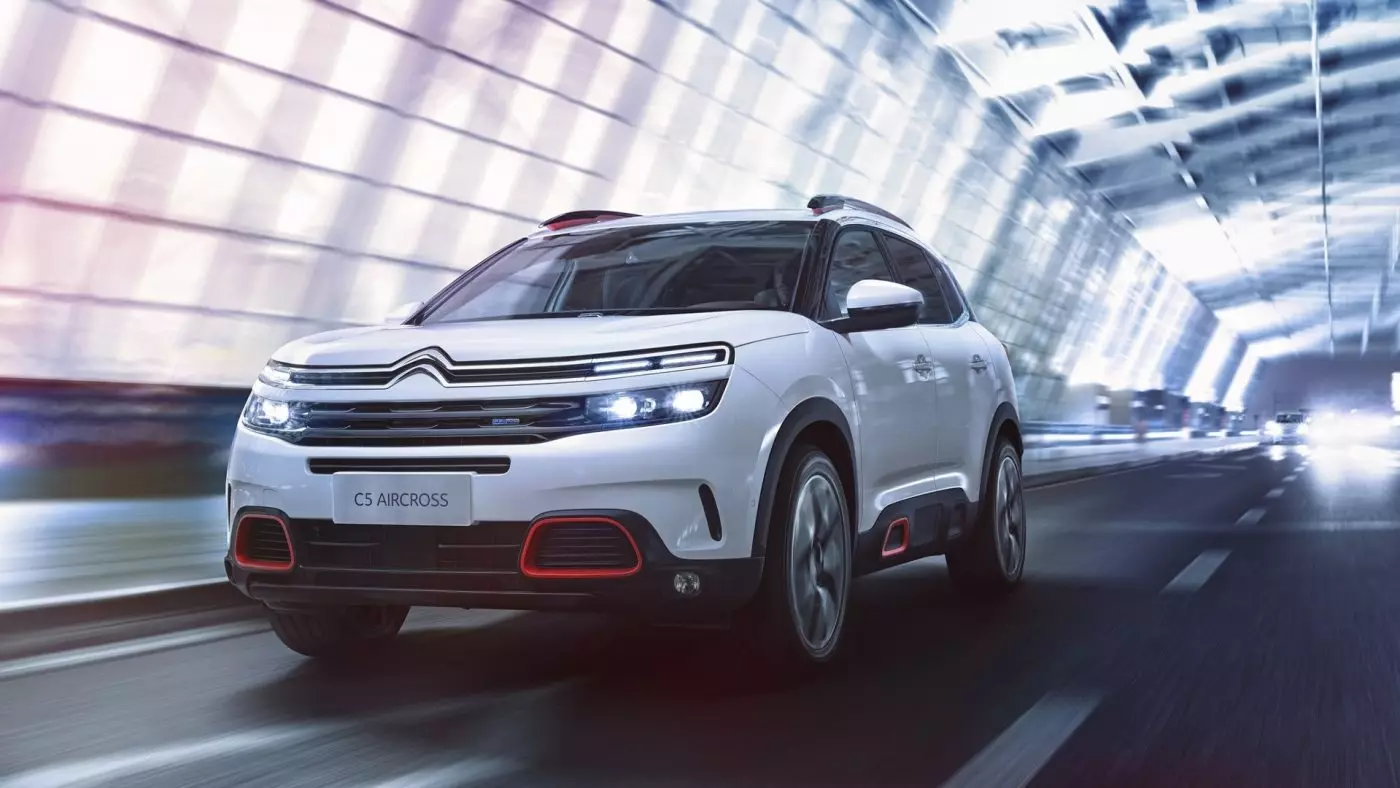It was with the present but mainly the future in mind that Citroën introduced the new C5 Aircross , the most recent French proposal in the competitive medium SUV segment.
Interestingly, comfort, which historically has always been one of the priorities in the development of its models, is once again one of Citroën's greatest highlights. More than enough reason to explain how Citroën's new hydraulic stopper suspension works.
Stones in my path? I keep them all...
The new suspension technology of progressive hydraulic stops — system called Progressive Hydraulic Cushions — is one of the pillars of Citroën's Advanced Comfort concept, which is now applied for the first time in a production model and has given rise to the registration of 20 patents.
Citroën has combined the traditional spring/damper assembly (used throughout the industry) with hydraulic stops (the new thing). How it works? On light rebounds, the shock absorbers control vertical movements without the need for hydraulic supports; in the most abrupt rebounds, the hydraulic supports intervene gradually to dissipate the energy, unlike conventional systems, which return all that energy. Thus, it can be said that the suspension works in two strokes.
The brand guarantees that with this system the phenomenon known as rebound (suspension recovery move).
But, as mentioned above, progressive hydraulic stops are just one of the pillars of this concept. The so-desired "flying carpet" effect can only be achieved with the new heated seats and five massage programs: the brand promises a feeling of being seated in armchairs. We'll see if it's true…

In addition, the sound insulation and air quality also deserved extra attention from the brand's engineers. Here, the double-thickness front glass, with insulating layer, and an automatic climate control system stand out.
We can only wait for a first contact with the Citroën C5 Aircross, which will only reach the national market next year.
